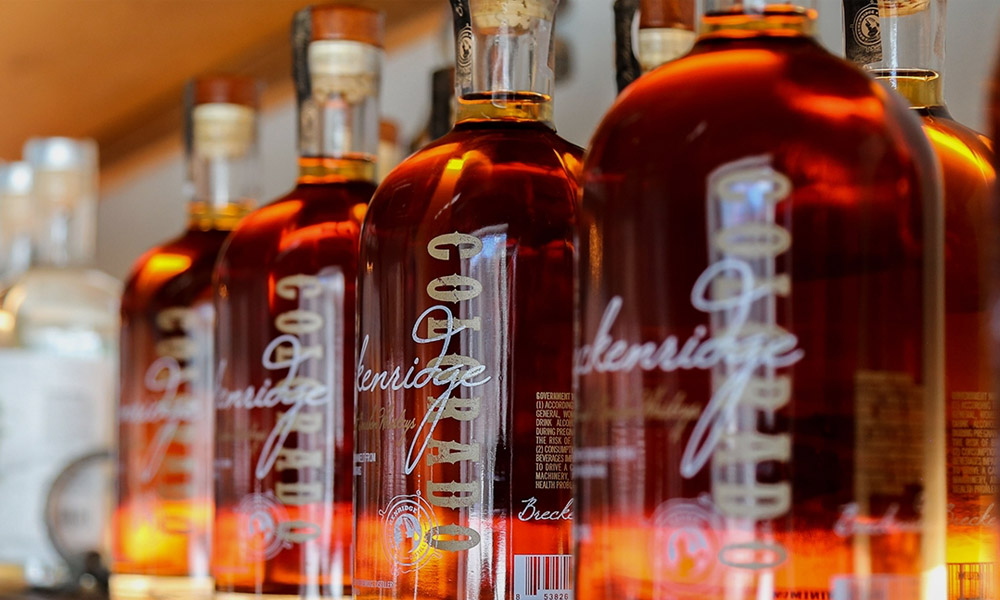Buying whiskey from craft distillers is not only a responsible way to spend your drinking money, but it will also net you some seriously good booze from people who aren’t afraid to experiment with the form. Pretty much every whiskey on this list does something unconventional, whether it’s aging in different casks, using new types of grains, or establishing great whiskey tradition in a place that’s never had it. Hopefully, this is what the future of whiskey looks like, because if it is, we’ll never drink bored. Here are 10 of the best craft whiskeys you need to try.
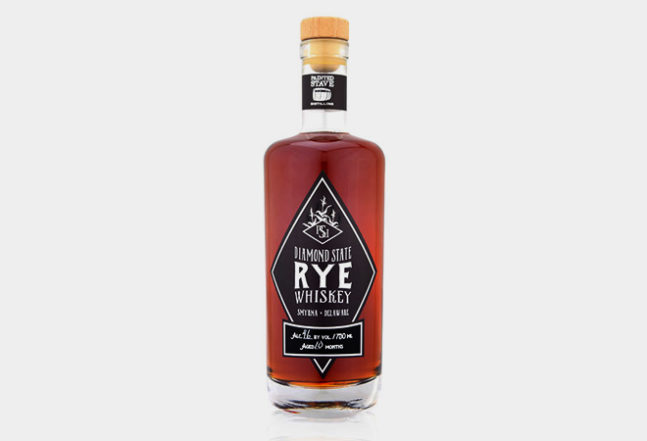
Diamond State Straight Rye Whiskey
Painted Stave Distilling
Smyrna, Delaware
Let’s get all the “small” and “boring” talk out of the way right now because we’ve heard people talk about pretty much every state the exact same way every state insists on talking about Delaware. Being a small state doesn’t preclude the people in it from having talent and Diamond State Straight Rye Whiskey proves exactly that. This is an excellent, spicy rye that reinforces why the style is consistently one of our favorites. Judging from the ryes we’ve had recently, the Painted Stave might be able to teach some of its neighboring states how to make their own signature style. Wouldn’t that be embarrassing, Maryland and Pennsylvania? Link
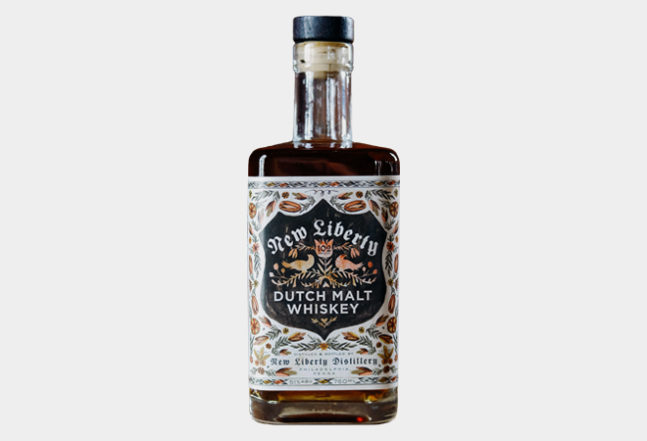
Dutch Malt Whiskey
New Liberty Distillery
Philadelphia, Pennsylvania
We’ve tasted a lot of whiskey. Cheap stuff, expensive stuff, rare and exotic stuff, ubiquitous stuff. We’re well versed in it all. Which was our thought going into our Dutch Malt Whiskey tasting. But that whiskey taught us there’s still a ton of stuff we don’t know about our favorite liquor and distilleries need to start breaking away from restrictive whiskey categories. Not that we want people to stop making bourbon and rye, just start experimenting with new grains or methods. For example, Dutch Malt is made with Munich malt, a grain normally reserved for beer. But by using this grain and traditional malting techniques, New Liberty Distillery has created one of the sweetest, deepest whiskeys we’ve ever tasted. To us, this is a whiskey we keep hidden and only share with friends who’d truly appreciate it. Link
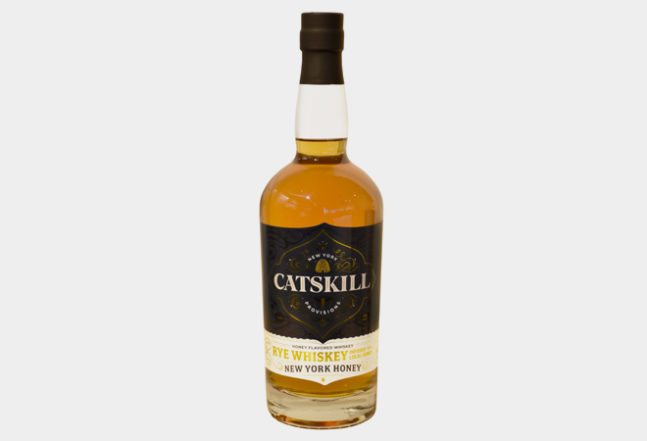
NY Honey Rye Whiskey
Catskill Provisions
Catskill Mountains, New York
Honey whiskey usually strikes us as a drink for people who can’t handle straight whiskey, mostly because that’s who we’ve seen drinking it. But as usual, and thankfully, people out there are proving us wrong. NY Honey Rye Whiskey is exactly what it sounds like. A blended rye whiskey with genuine New York wildflower honey mixed in. That might be why we like it more than other honey whiskeys. Where other ones use tons of artificial flavoring or syrups, this one uses the honey to complement the whiskey’s natural sweetness. It rounds off other flavors rather than trying to shoulder its way to the forefront. If you know a whiskey fan who flat out refuses to try this one, know you’re dealing with a snob, not a sommelier. Link
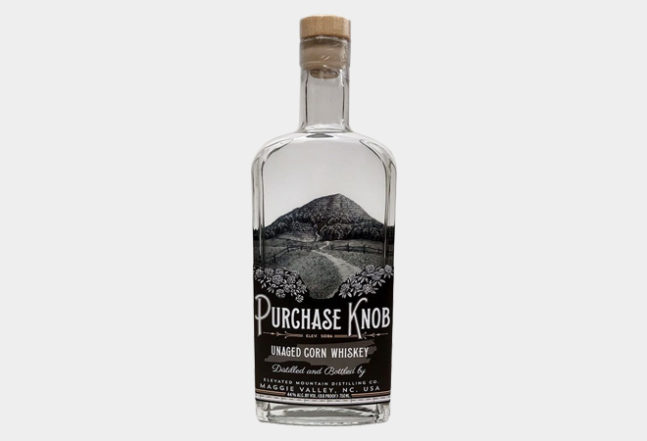
Purchase Knob Whiskey
Elevated Mountain Distilling Co.
Maggie Valley, North Carolina
White whiskeys are getting more popular lately, which could be because a distillery could make and sell a whiskey without having to deal with the long aging process. It could also be because these are delicious drinks that deserve some time in the spotlight. Whatever it is, we like it. White whiskeys are generally sweeter than aged whiskeys and Purchase Knob Whiskey is no exception. It’s a lighter drinking experience better suited for outdoor sessions and fruitier cocktails. And, dare we say it, you might like what white whiskey does to a mint julep. Link
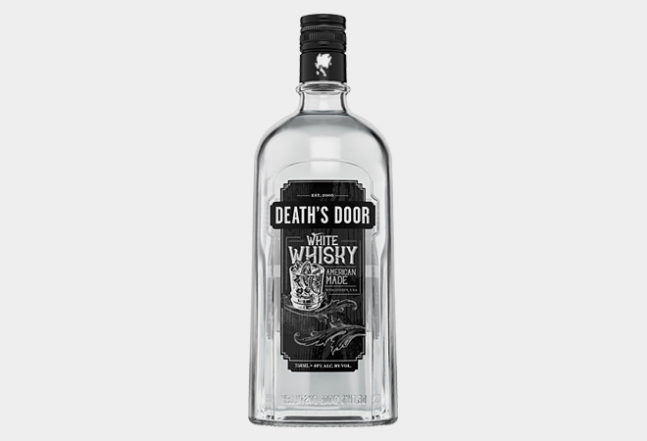
Death’s Door White Whisky
Death’s Door Spirits
Middleton, Wisconsin
We don’t know what made Death’s Door leave the “e” out of their whisky and their distillation process for this one is about as different as you can make it while still following the main steps. First, they use hard red winter wheat as 80 percent of their mash, filling the remainder with malted barley. Then they use a champagne yeast instead of a whisky yeast, another fundamental change. After distillation, they use an uncharred oak barrel to finish the spirit, which means, even though this whisky’s white, it’s still been aged. There are a ton of different things going on here and we’re thinking we’re going to need at least three more bottles and six more weekends before we fully understand it. Link
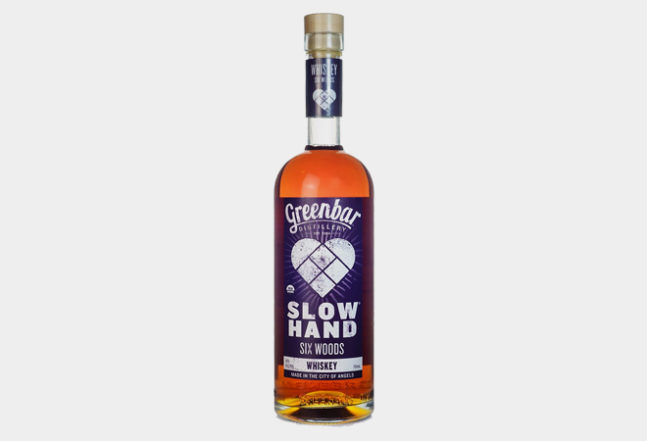
Slow Hand Six Woods Whiskey
Greenbar Distillery
Los Angeles, California
Being organic isn’t the first thing we think of when we’re looking to tie one on, but that doesn’t stop it from being a selling point for Greenbar Distillery. It adds a sort of purity to their spirits, in both meanings of the latter. Their whiskey also shirks the normal all-oak casks in favor of casks made from six different woods (hence the name). These barrels are made of white and red oak, mulberry, hickory, maple, and grape. Since whiskey gets most of its complex flavors from the aging process, this whiskey has one of the more interesting flavor profiles we’ve ever encountered. You could spend hours trying to parse out each flavors’ woody origin. Link
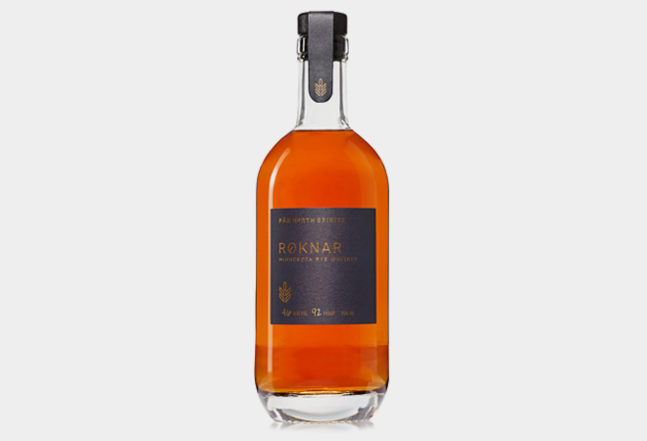
Roknar Rye Whiskey
Far North Spirits
Hallock, Minnesota
In the interest of complete transparency, we’re mainly picking this whiskey because of its name. Yes, it’s a great rye whiskey that would follow well in any Pennsylvanian tradition. Yes, it’s unique in that it’s a rye made in Minnesota. And yes, it’s well established that rye whiskey is quickly becoming our favorite version of whiskey. But Roknar is a crazy good name for anything, and printing it on a whiskey bottle just makes us want to drink it straight from a horn. Also, it’s an easy way to plug Vikings, whose main character takes his name from a similar place as this whiskey. Link
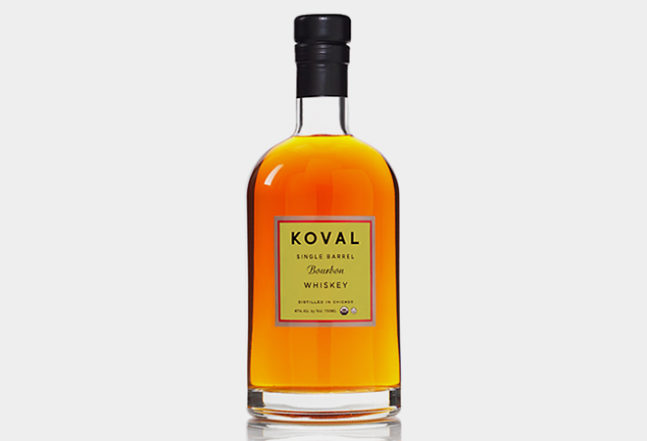
Koval Bourbon
Koval Distillery
Chicago, Illinois
Koval’s made it onto our lists before and for good reason. They make a solid bourbon. They’re also one of the few distilleries experimenting with the mash. Most distilleries play it safe by mixing their corn with rye, barley, or more corn. Koval took a different path and used millet, a grain most popular in Asia and Africa, where it’s grown and used a lot like corn is here. What that means is you still get to drink great American bourbon, but as a whiskey that challenges what bourbon can be. There are weird, but not off putting, flavors in this whiskey and we’re excited for the variety. Link
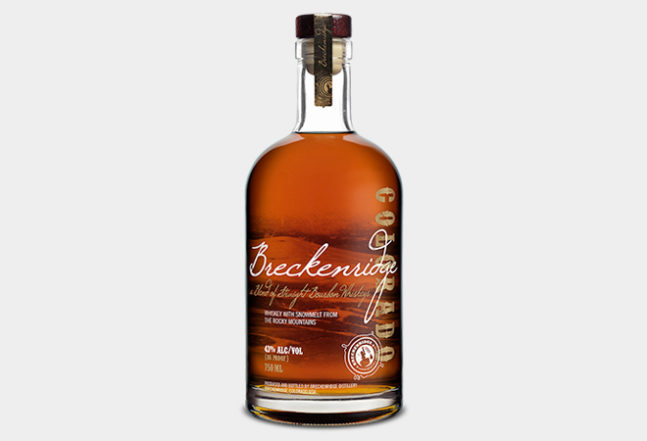
Breckenridge Straight Bourbon Whiskey
Breckenridge Distillery
Breckenridge, Colorado
Plenty of our other picks have been experimental whiskeys, but the Breckenridge Straight Bourbon Whiskey is just a solid traditional bourbon. It’s a high rye mash, distilled, then aged in casks from Tennessee, Kentucky, and Indiana, and described with all the weird buzzwords you’d expect from someone trying to describe a traditional bourbon. Messing around with recipes is all well and good, but every once in a while, we need a craft distillery to prove it knows how to make a great bourbon. Link

High West Campfire
High West Distillery
Park City, Utah
Whiskey purists would cry sacrilege here, but as you can tell from the rest of this list, we’re always on the lookout for experimental whiskey. The website claims High West Campfire is “the world’s only blend of Scotch, bourbon, and rye whiskey,” and we’re inclined to believe them. It takes guts to toss a bunch of whiskeys together and convince people to buy it. High West Distillery doesn’t actually distill any of the whiskeys involved here, getting most of them from contracts with larger distillers (their Scotch supplier is a secret). But blending whiskey is an art in its own right, so we’re not going to stand in their way. Link

